Tag: study

Determination of the Feasibility of a Multicomponent Intervention Program to Prevent Delirium in the ICU
During this study a feasible multicomponent intervention program to prevent ICU delirium was developed based on expert consensus. As no consensus was reached on cognitive training, a pilot study is planned to determine the... read more
Achieving Fluid Balance
Kyle Enfield, MD, speaks with Colin K. Grissom, MD, FCCM, and Matthew W. Semler, MD, about fluid management in the critically ill. Dr. Grissom presented his talk, entitled "Achieving Fluid Balance," at the 47th Critical Care... read more
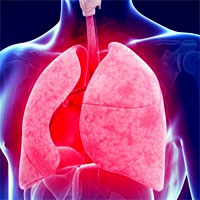
Natural History of COPD Exacerbations in a General Practice-based Population with COPD
A large proportion of patients with chronic obstructive pulmonary disease (COPD) do not exacerbate over a maximum 10 years of follow-up. AECOPD frequency in a single year predicts long-term AECOPD rate. Increasing frequency... read more

The Cumulative Effect of Reporting and Citation Biases on the Apparent Efficacy of Treatments: The Case of Depression
The problem of study publication bias is well-known. Our examination of antidepressant trials, however, shows the pernicious cumulative effect of additional reporting and citation biases, which together eliminated most negative... read more

Hemodynamic Tolerance to IV Clonidine Infusion in the PICU
Although administration of clonidine is often associated with bradycardia and hypotension, these complications do not seem clinically significant in a mixed PICU population with a high degree of disease severity. Clonidine... read more

Integration of Lung Ultrasound in the Diagnostic Reasoning in Acute Dyspneic Patients
Seventy-six physicians responded to the study cases (228 clinical cases resolved). Among the respondents, 28 (37%) were female, 64 (84%) were EPs, and the mean age was 37±8 years. The mean NUDs, respectively, when physicians... read more
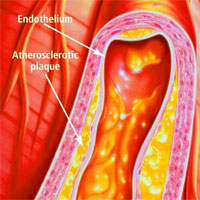
Coronary Endothelial Function and Spontaneous Coronary Artery Dissection
Coronary epicardial and microvascular vasomotor dysfunction is not a predominant feature of spontaneous coronary artery dissection. Endothelial dysfunction is not implicated as the principal underlying mechanism. A total... read more

Associations of ICU Capacity Strain with Disposition and Outcomes of Patients with Sepsis Presenting to the Emergency Department
The odds that patients in the ED with sepsis who do not require life support therapies will be admitted to the ICU are reduced when those ICUs experience high occupancy, but not high levels of other previously explored measures... read more

Unplanned Early Hospital Readmission Among Critical Care Survivors
Although some readmissions are medically unavoidable, for many ICU survivors complex health and psychosocial issues contribute concurrently to early rehospitalisation. Care pathways that anticipate and institute anticipatory... read more

Predictors of Return to Work in Survivors of Critical Illness
Major trauma, lower GCS and increased hospital length of stay predicted inability to return to work due to health at six-months post-ICU admission. Compared to employed patients, those who had not returned to work reported... read more
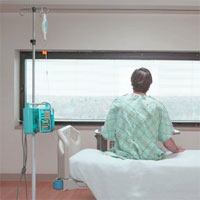
Co-Occurrence of Post-Intensive Care Syndrome Problems Among 406 Survivors of Critical Illness
In this multicenter cohort study, one or more post-intensive care syndrome problems were present in the majority of survivors, but co-occurring problems were present in only one out of four. Education was protective from... read more

Effectively Expressing Empathy to Improve ICU Care
In nearly every intensive care unit (ICU) at every pediatric hospital across the country, physicians hold numerous care conferences with patients' family members daily. Due to the challenging nature of many these conversations--covering... read more
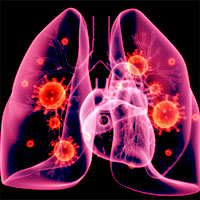
Initial Inflammatory Profile in Community-acquired Pneumonia Depends on Time since Onset of Symptoms
Time since symptom onset modifies the systemic inflammatory profile at Community-acquired Pneumonia (CAP) diagnosis. This information has relevant clinical implications for management, and it should be taken into account... read more
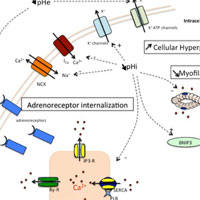
Hemodynamic Consequences of Severe Lactic Acidosis in Shock States
Deleterious hemodynamic effects of severe lactic acidosis are largely suggested by experimental data, although not fully confirmed by human studies. Pending the effectiveness of an etiological treatment, there is no efficient... read more








